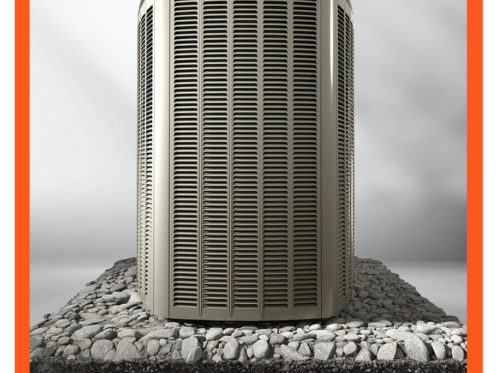Replacing your air conditioner is not a task you look forward to, but it is one that inevitably comes at some point. The entire experience is often stressful because you do not understand how to determine the right equipment for your household. Take a few minutes to remove the uncertainty from the equation and learn how to determine which unit will be right for your property.
What Exactly Is BTU?
Air conditioner size is determined by its cooling capacity, which is measured in BTUs. This stands for British thermal unit, and it is the amount of energy required to raise one pound of water by one degree Fahrenheit.
For air conditioners, this translates into how much heat it can transfer out of your home in one hour. From that perspective, it is easy to see why many people simply think a larger BTU rating will do the job more effectively. This is simply not the case, however.
Bigger Is Not Always Better
We all remember Tim Allen’s famous character from “Home Improvement” who was always trying to add more power to whatever he touched. However, bigger and more powerful is not the best approach when considering your air conditioning options.
Rather, when you go too big, you are spending extra money on a system that will not provide the right comfort. This is because a bigger unit will not run the proper cycle length, leaving too much humidity in the air. Further, the system will have an early mechanical failure because it is running shorter, more frequent cycles.
Larger AC units also require more energy to run, driving up your utility costs. No matter how you look at it, a system that is too big for your home is bad news.
Calculate Your Home’ Square Footage
Determining the size of your house is the very first step in figuring out the right size of air conditioner you need. You want to look at the number of square feet you are seeking to cool with the unit you install.
If you live in a single-story square or rectangular house, this is a simple calculation. Simply multiply the width of your residence by the length, and you have the square footage. However, most homes do not fit this bill, so some calculation is required on your end.
Before you begin, make a plan for every space that is cooled by your air conditioner. If your basement, attic, and garage are heated and cooled, be sure to include these spaces. Next, go room by room and calculate the square footage for each.
Be sure to include any closet spaces, too, because air does flow into them even if there is no vent inside. Include the rough square footage for hallways as well. Finally, simply add all of this together to come up with your rough square footage needs.
Convert Square Feet to BTUs
Once you have the area you need to cool, you need to convert that into the BTUs needed to achieve your desired temperature. The rough rule of thumb is 20 BTUs per square foot in most cases. Simply multiply your square footage by 20, and you will get a rough idea of the size of air conditioner you may need.
For instance, if your house is roughly 2,500 square feet, you will need a system with about a 50,000 BTU output. If you live in a larger home, you may consider multiple units serving different areas of your residence.
Extra Considerations
The estimate of 20 BTUs per square foot may not be an accurate representation in all cases. For instance, if your home is mostly shaded all day, you can reduce your needs by about 10%. However, if your house is in direct sunlight all day, you may need to increase that by about 10%.
Also, think about how many people you expect in your household. More people mean more heat being produced and more BTUs you will need to add to your system. Generally, you may consider adding 600 BTUs for every person over 2 years old who commonly occupies your residence.
Finding the Right Unit
These guidelines are not enough to make a purchasing decision for your new system. However, they do provide a rough estimate of the size of unit you may be looking at so that you can start planning your budget. To get the best fit for your house, work with an experienced air conditioning professional who knows all the variables to consider. They will help you look at your options and find the best fit for your house and budget.
Bernard Heating & Cooling has been a go-to company for air conditioning installation since 1991. Our clients in Hudson and Summit County also turn to us for AC and heating system maintenance and repair. Call to schedule a consultation with one of our air conditioning experts today.



